Games like God of War: Chains of Olympus
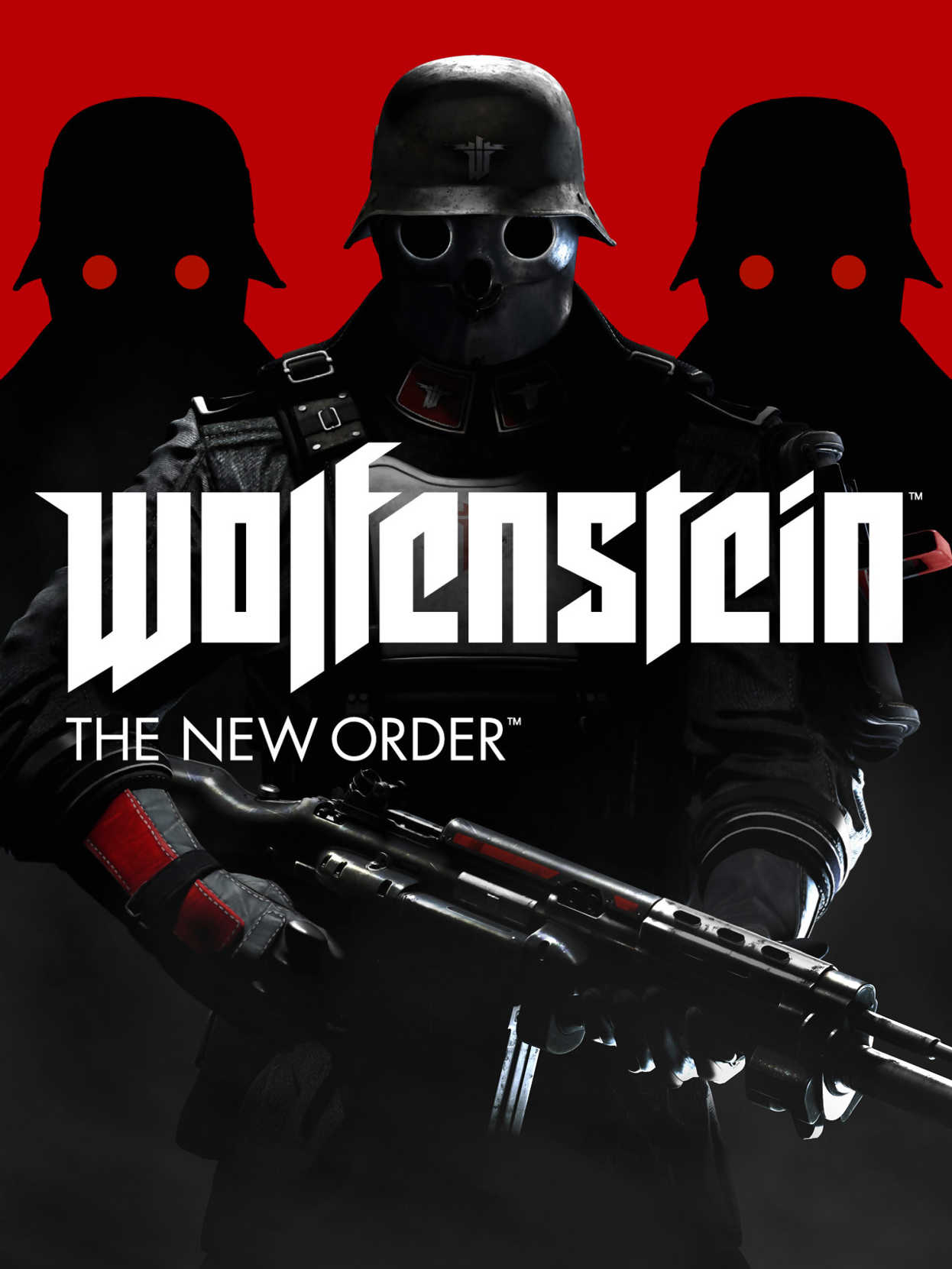
Wolfenstein: The New Order
Wolfenstein: The New Order is an action-adventure shooter game played from a first-person perspective. It is the semi-sequel to 2009's Wolfenstein, however utilizes very little from the game and drops any direct references to veil or supernatural. To progress through the story, the player battle enemies throughout levels. The game utilizes a health system in which players' health is divided into separate sections that regenerate; if an entire section is lost, the player must use a health pack to replenish the missing health. In combat, a cover system can be used as assistance against enemies. The player have the ability to lean around, over, and under cover, which can be used as a tactical advantage during shootouts and stealth levels. The game gives the player a wide variety of weapon options—they can be found on the ground, retrieved from dead enemies, or removed from their stationary position and carried around.
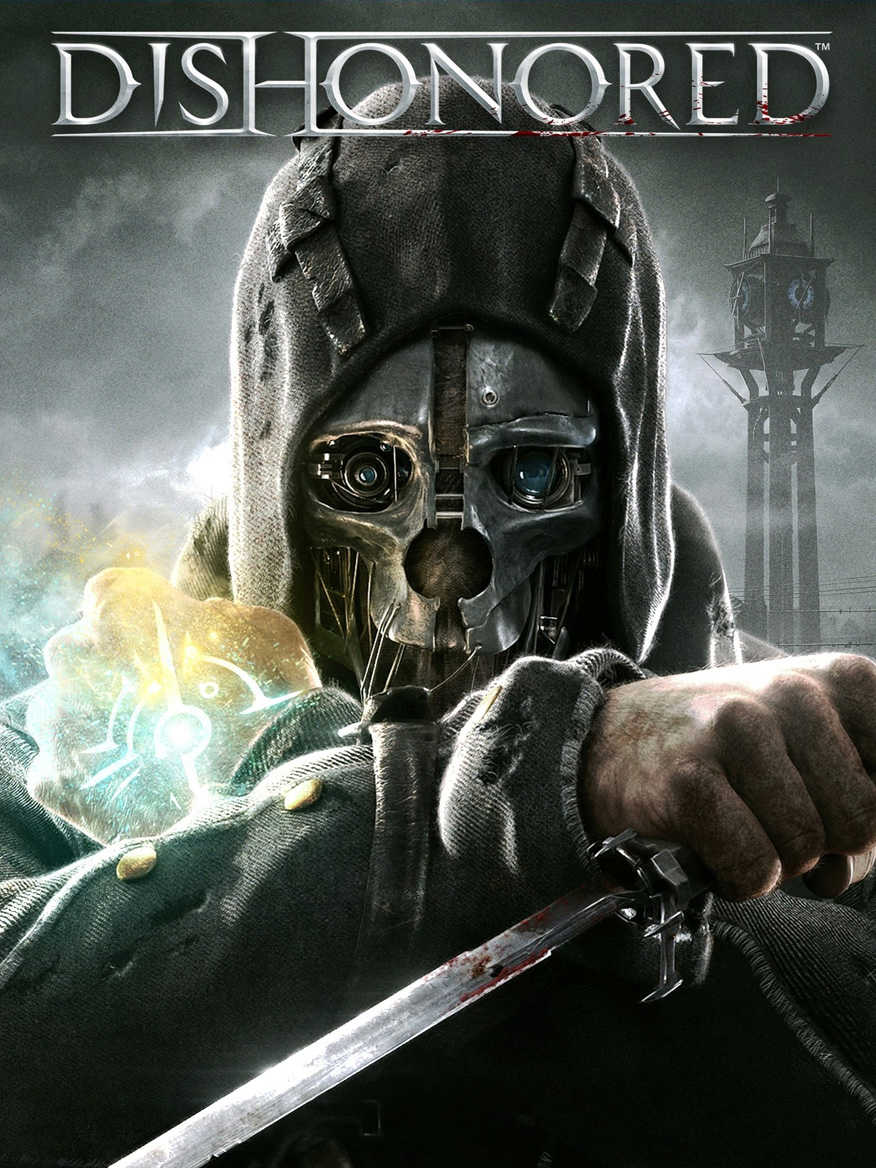
Dishonored
Dishonored is an immersive first-person action game that casts you as a supernatural assassin driven by revenge. With Dishonored’s flexible combat system, creatively eliminate your targets as you combine the supernatural abilities, weapons and unusual gadgets at your disposal. Pursue your enemies under the cover of darkness or ruthlessly attack them head on with weapons drawn. The outcome of each mission plays out based on the choices you make.
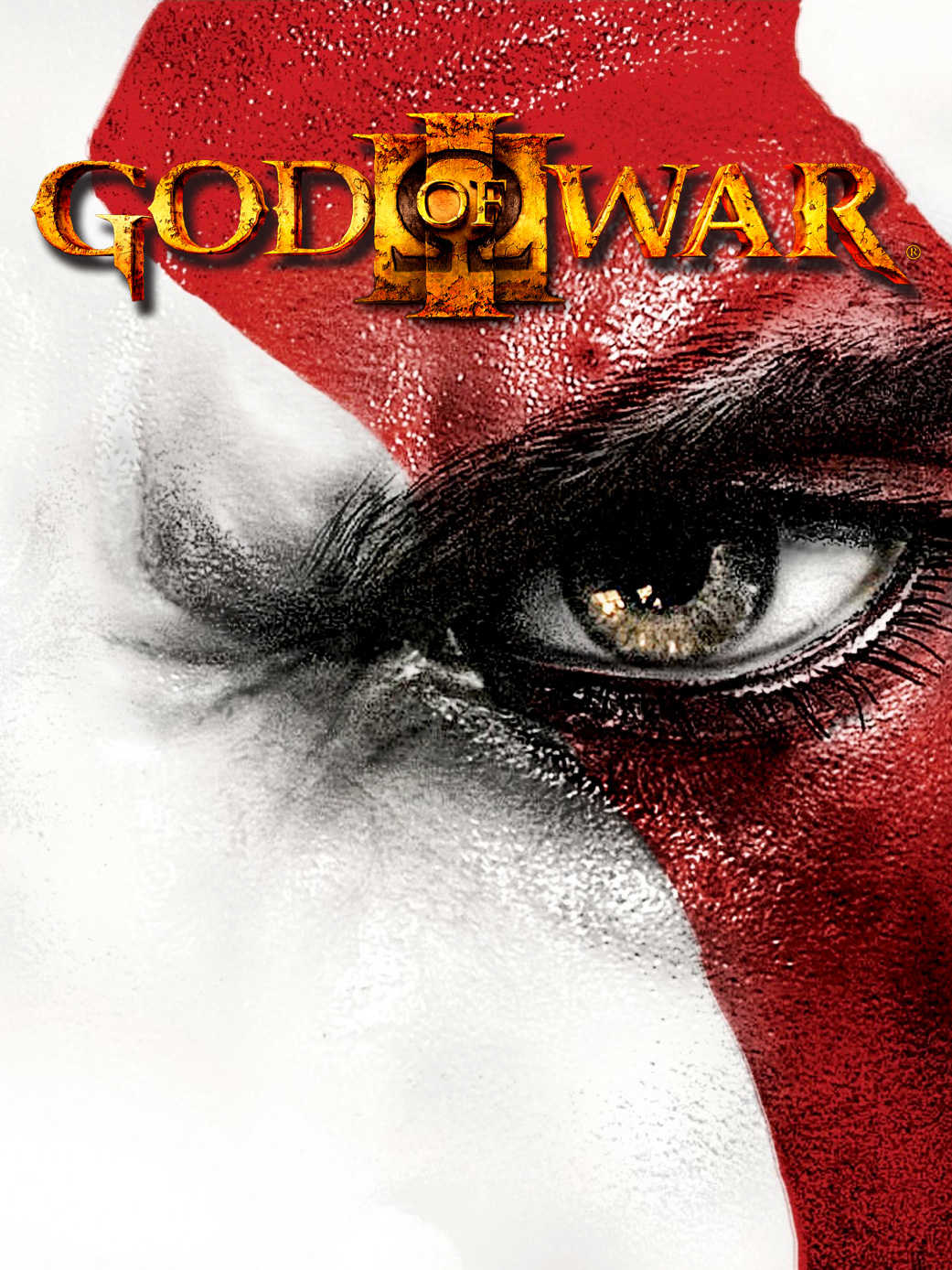
God of War III
Set in the realm of brutal Greek mythology, God of War III is a single-player game that allows players to take on the climatic role of the ex-Spartan warrior, Kratos, as he scales through the intimidating heights of Mt. Olympus and the dark depths of Hell to seek revenge on those who have betrayed him. Armed with double-chained blades, and an array of new weapons and magic for this iteration of the trilogy, Kratos must take on mythology's darkest creatures while solving intricate puzzles throughout his merciless quest to destroy Olympus. Utilizing a new game engine built from the ground up and state-of-the-art visual technologies, the development team behind God of War III has made standard-setting strides in giving players the realistic feel of actually being on the battlegrounds. With texture resolutions quadrupling since God of War II on PlayStation 2 computer entertainment system, God of War III, in its debut on the PS3 system, will feature fluid, life-like characters, as well as dynamic lighting effects, a robust weapon system, and world-changing scenarios that will truly bring unmistakable realism to Kratos' fateful quest. Players will have a chance to join battles on a grand scale that is four times larger than its predecessor.
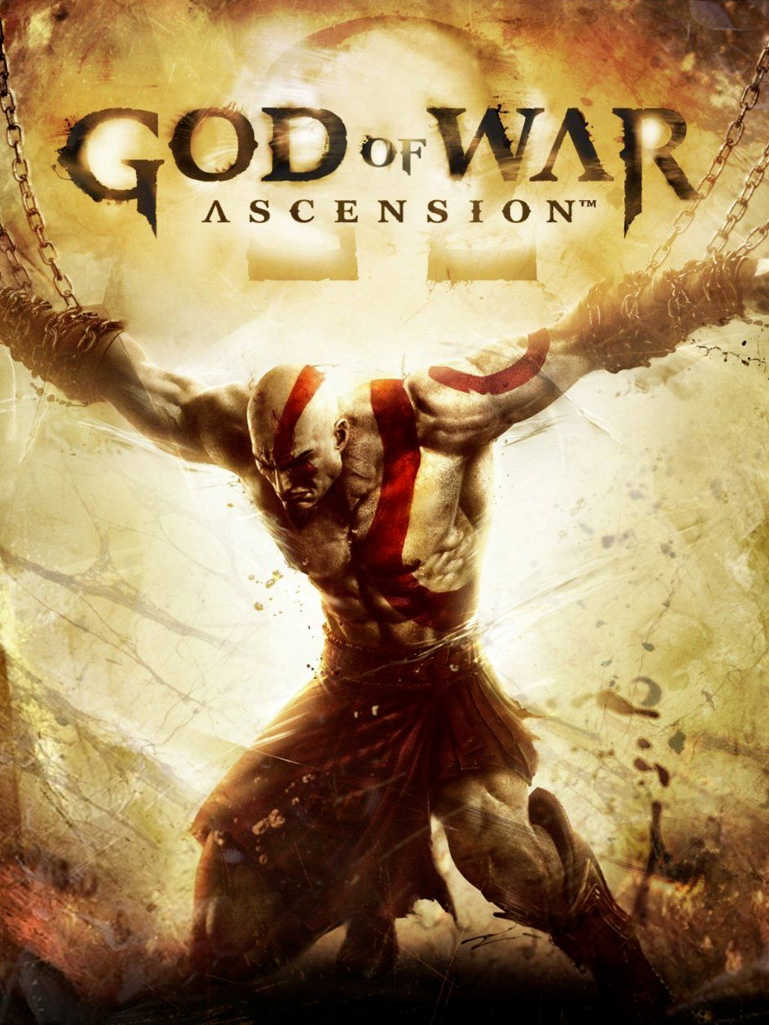
God of War: Ascension
God of War: Ascension, the seventh instalment in the God of War series, acts as a prequel to the preceding games. The narrative revolves around Kratos, the protagonist from earlier instalments, who was once a loyal servant of the God of War, Ares. Tricked by Ares into unknowingly murdering his own family, Kratos breaks the blood oath binding him to Ares and abandons his former master. Subsequently, Kratos finds himself imprisoned and must navigate a path to freedom, severing the bond between him and Ares. The game retains the familiar hack-and-slash combat system of its predecessors, featuring Kratos wielding the Blades of Chaos. However, a new addition, the World Weapon system, allows Kratos to wield various weapons. Additionally, Kratos can now acquire up to four magical disciplines—Fires of Ares, Ice of Poseidon, Lightning of Zeus, and Soul of Hades—each bestowing unique abilities and imbuing his weapon with magic. For instance, the Ice of Poseidon enables underwater breathing. Rage, a recurring feature, undergoes modifications; it accumulates through attacks, and when the bar is full, it automatically unleashes until the player ceases attacking or sustains damage. Three new relics provide Kratos with the ability to manipulate time, create a "shadow" self, and dispel illusions crafted by his guardians. Notably, God of War: Ascension introduces online multiplayer to the series. Players, before engaging in multiplayer battles, align with one of four gods—Ares, Hades, Zeus, or Poseidon—each offering a distinct set of abilities. As players accumulate experience and level up their warriors, they unlock magical abilities, armour, weapons, relics, and other treasures. The game features four distinct multiplayer modes: Team Favor of the Gods, Match of Champions, Trial of the Gods, and Capture the Flag
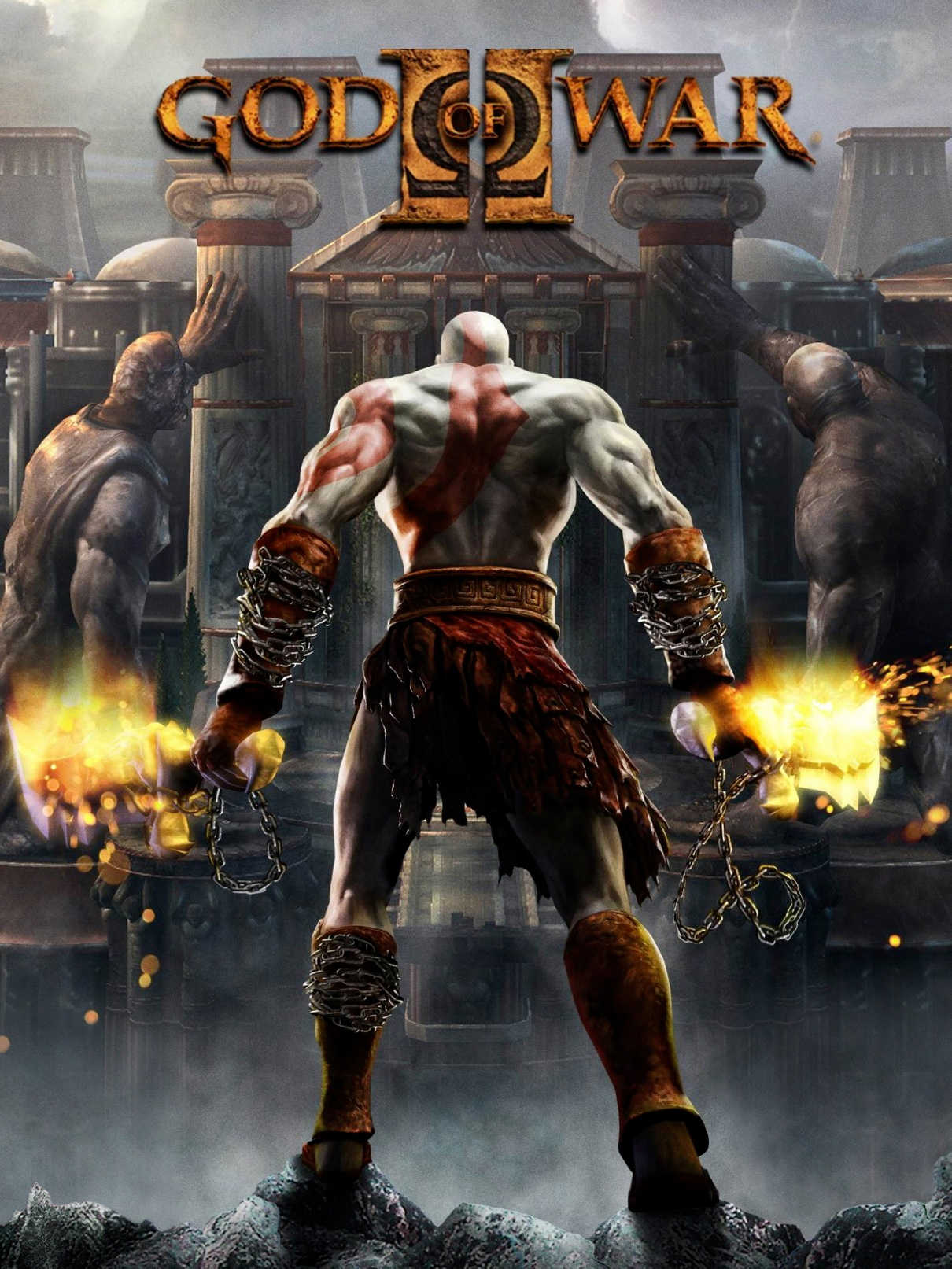
God of War II
God of War II, an action-adventure hack-and-slash video game, was developed by Santa Monica Studio and published by Sony Computer Entertainment (SCE). Initially launched for the PlayStation 2, it serves as the second installment in the God of War series, the sixth in chronological order, and a sequel to 2005's God of War. The game is rooted in Greek mythology and unfolds in ancient Greece, revolving around the theme of vengeance. The protagonist, Kratos, is the new God of War, having defeated the former, Ares. However, Kratos is betrayed by Zeus, the King of the Olympian gods, who not only strips him of his godhood but also kills him. Dragged slowly to the Underworld, Kratos is rescued by the Titan Gaia, who guides him to seek out the Sisters of Fate. These entities have the power to enable time travel, allowing Kratos to prevent his betrayal, and ultimately seek revenge on Zeus.
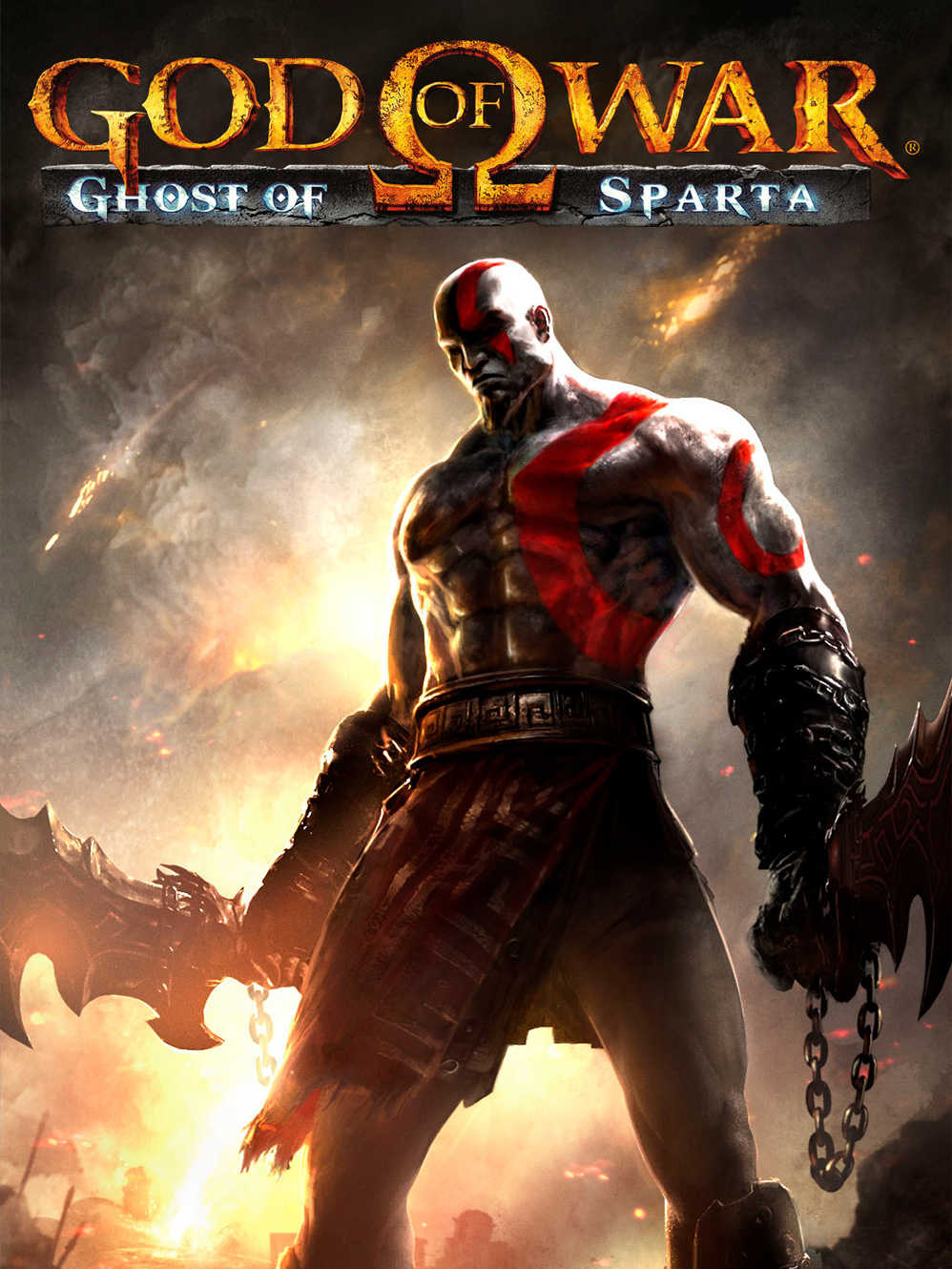
God of War: Ghost of Sparta
"Marking Kratos' second foray into portable gaming, God of War: Ghost of Sparta stands as a spin-off nestled between the events of God of War and God of War II. Despite ascending to the title of the god of war, Kratos remains haunted by nightmarish visions. One such vision compels him to embark on a new journey when he witnesses his mother, Callisto, imprisoned in Atlantis under the dominion of the sea god Poseidon. Against Athena's counsel to ignore the vision, Kratos sets forth to unravel his past and, in the process, rescue his long-lost brother, Deimos, from the clutches of the god of death, Thanatos. This second instalment for the PlayStation Portable (PSP) maintains a gameplay style akin to its predecessor, introducing a handful of new mechanics. Kratos wields his trusty Blades of Athena in this quest, now augmented with a new magic known as Thera's Bane, amplifying the potency of his attacks. The game also introduces several new magical items and a fresh secondary weapon. In addition to the captivating story mode, Ghost of Sparta offers the "Temple of Zeus," a location where players can spend orbs acquired in the Battle Arena to acquire various art and other bonuses."
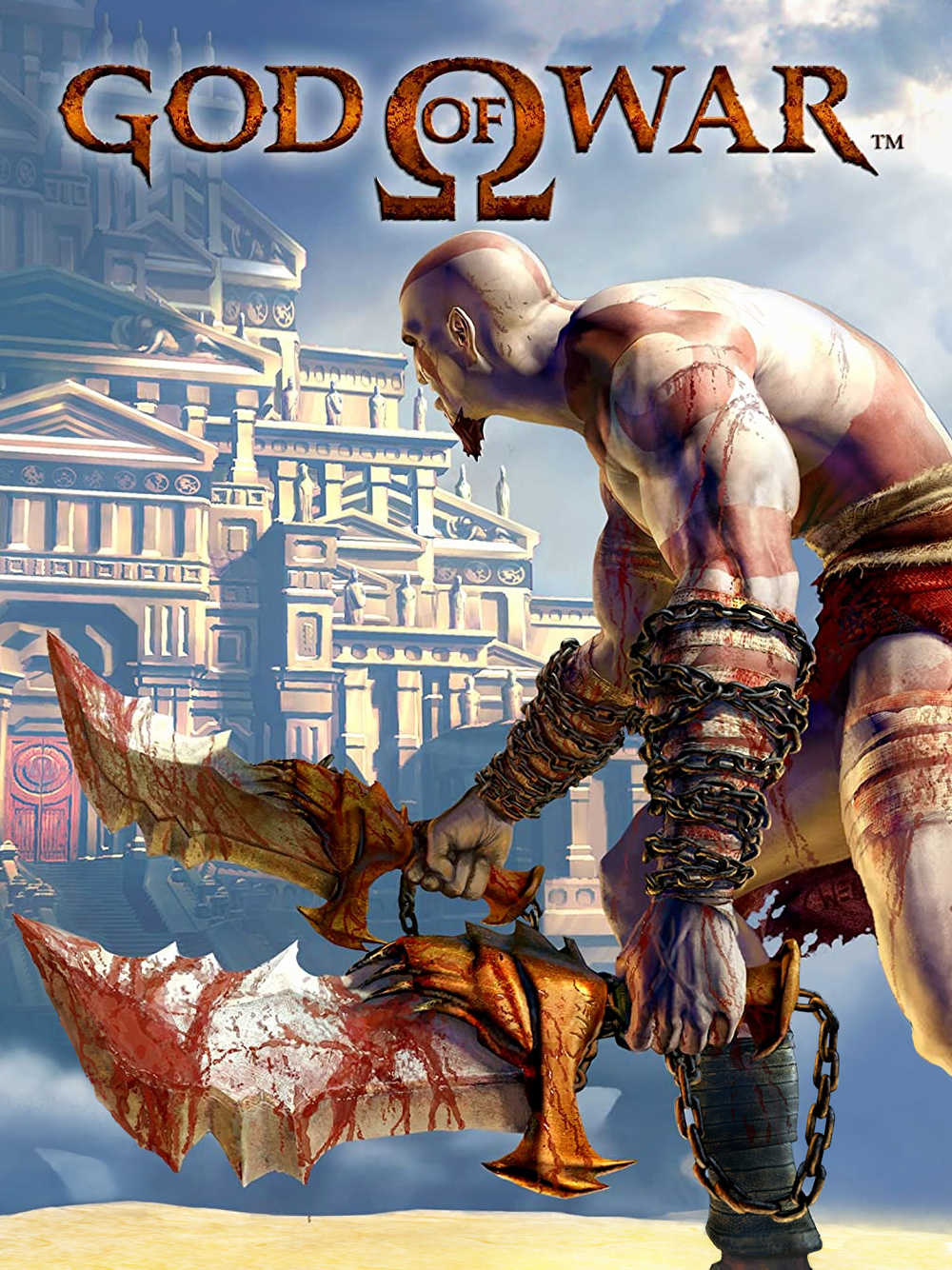
God of War
God of War is an action-adventure hack-and-slash video game developed by Santa Monica Studio and published by Sony Computer Entertainment (SCE). Initially launched for the PlayStation 2, the game stands as the first instalment in the God of War series and the third in chronological order. Loosely inspired by Greek mythology, it unfolds in ancient Greece with vengeance as its central theme. The player takes on the role of Kratos, the protagonist, a Spartan warrior devoted to the Olympian gods. Tasked by the goddess Athena, Kratos is assigned to eliminate Ares, the God of War and Kratos' former mentor. Ares had deceitfully manipulated Kratos into killing his wife and daughter. As Ares attacks Athens fueled by hatred for Athena, Kratos embarks on a quest to locate Pandora's Box, the sole object capable of permanently stopping the vengeful god.
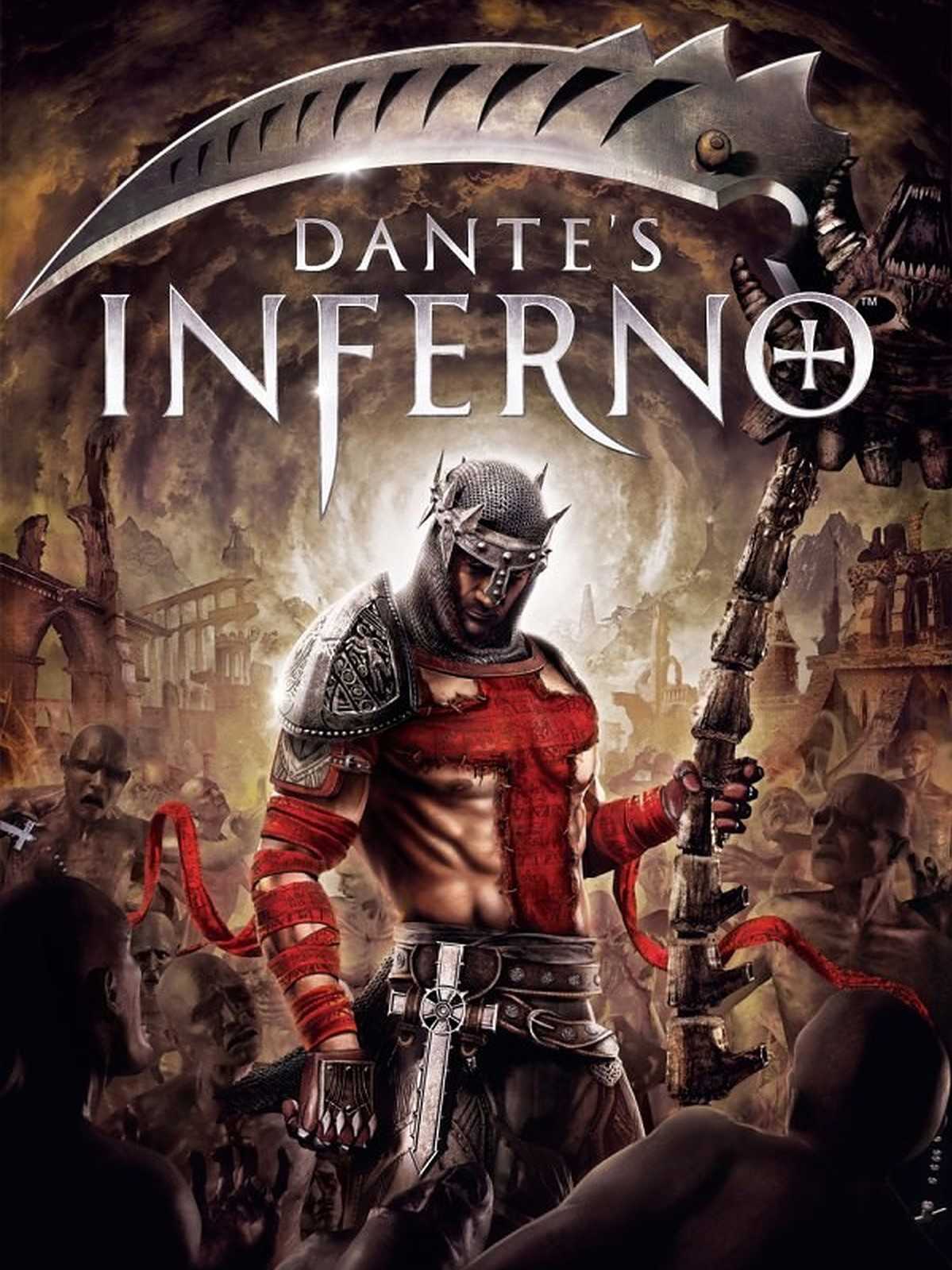
Dante's Inferno
Dante's Inferno is an epic single player, third-person action adventure game inspired by "Inferno", part one of Dante Alighieri's classic Italian poem, "The Divine Comedy." Featuring nonstop action rendered at 60 frames-per-second, signature and upgradable weapons, attack combos and mana-fueled spells and the choice of punishing or absolving the souls of defeated enemies, it is a classic Medieval tale of the eternal conflict with sin and the resulting horrors of hell, adapted for a new generation and a new medium.
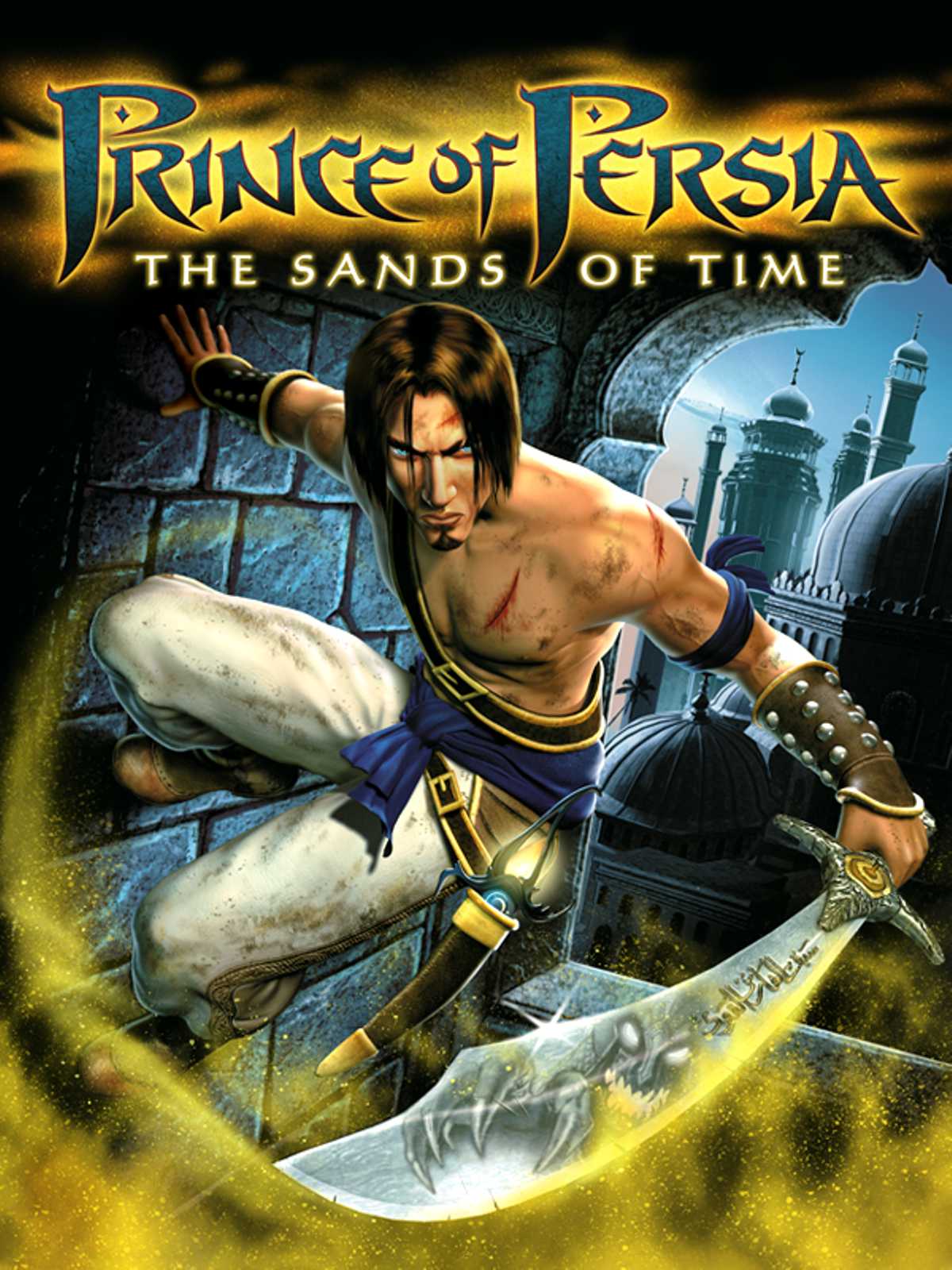
Prince of Persia: The Sands of Time
Prince of Persia: The Sands of Time is a third-person puzzle-platformer and action-adventure computer and video game published by Ubisoft. It is a reboot of the landmark video game series Prince of Persia created by Jordan Mechner, who served as creative consultant, designer, and scenario writer for The Sands of Time.
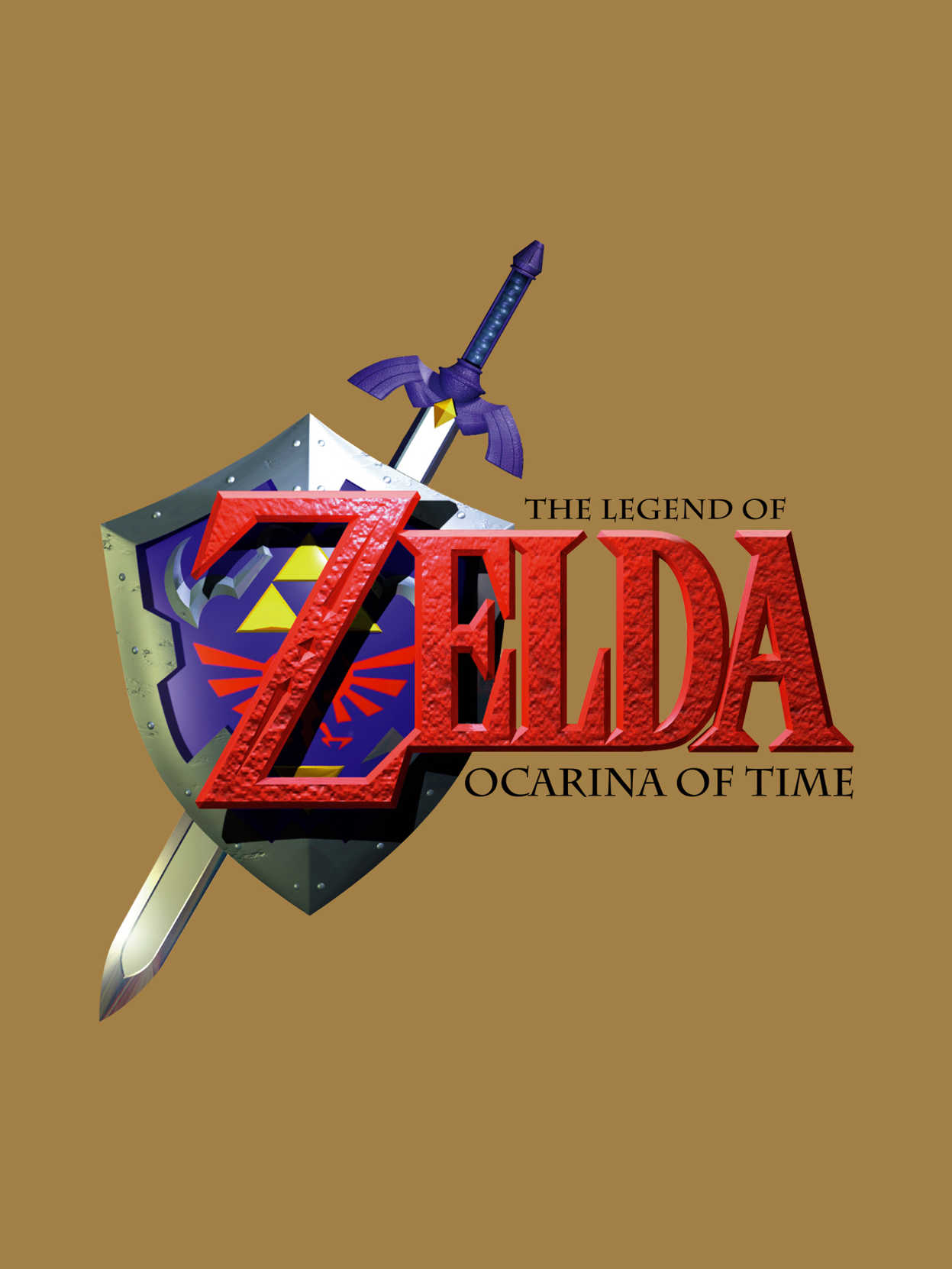
The Legend of Zelda: Ocarina of Time
The Legend of Zelda: Ocarina of Time is the fifth main installment of The Legend of Zelda series and the first to be released for the Nintendo 64. It was one of the most highly anticipated games of its age, and is listed among the greatest video games ever created by numerous websites and magazines. The gameplay of Ocarina of Time was revolutionary for its time, it has arguably made more of an impact on later games in the series than any of its predecessors even though they had the same cores of exploration, dungeons, puzzles and item usage. Among the gameplay mechanics, one of the most noteworthy is the time-traveling system. The game begins with the player controlling the child Link, but later on an adult Link becomes a playable character as well and each of them has certain unique abilities. Ocarina of Time also introduces the use of music to solve puzzles: as new songs are learned, they can be used to solve puzzles, gain access to new areas and warp to different locations. Dungeon exploration is somewhat more puzzle-oriented than in earlier games but they are not too complex.